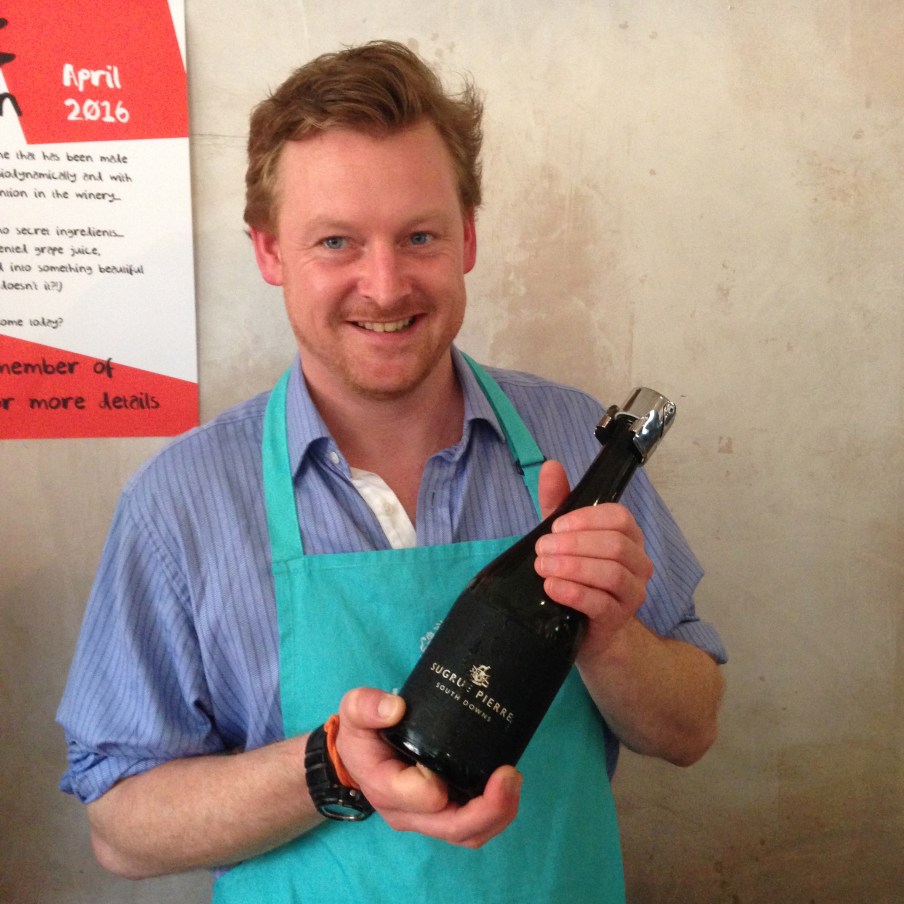Sulphites in Wine
From The Irish Times, Saturday 16th April, 2016
Sulphur Dioxide & Wine
Look at the back label on any bottle of wine and you may be reassured by the lack of any added ingredients. Yet in a fascinating talk at last year’s Ballymaloe LitFest, wine writer Alice Feiring pointed out that there are no less than 70 permitted additives or treatments for wine. The only one that legally must be mentioned is sulphur dioxide, with the statement “contains sulphites”.
Sulphur dioxide (SO2) prevents oxidation in a wine and wards off harmful bacteria. All wines contain small amounts; it is a natural byproduct of fermentation. Most winemakers add further amounts either when crushing grapes or prior to bottling. White wines, which are more prone to oxidation, typically have more than red wines, and sweet wines, which can start refermenting, have the highest levels of all.
Medical science argues that SO2 does not cause most people any problems, but a small number will have a severe allergic reaction, hence the warning. Yet dried fruits typically contain far greater levels of sulphur and none of the bags in my local health-food shop carry any warning. Some argue it causes headaches but there is no evidence for this, although excess alcohol certainly does.
It is impossible to know if a wine is low in sulphur or not. Almost every wine will have natural levels above 10ppm and must carry the warning, including organic wines – SO2 is an organic compound and therefore permitted. So-called natural wines should have lower levels, but you cannot be sure. It is difficult for winemakers to measure levels of SO2 accurately, as some of it binds with other compounds and is harmless. It is only “free” sulphur that causes reactions.
Proponents of low sulphur wines argue that it dulls the natural terroir and flavour of a wine. Opponents say it prevents off-flavours and infection. In my experience it is young fruity red wines with good levels of acidity that work best with low sulphur winemaking.
Should we be concerned about sulphur? Probably not. Levels are far lower than in the recent past. Of greater interest are the levels of pesticides and fungicides used in producing grapes.
All of those lovely neatly manicured rows of vines, without a weed in sight, come at a cost. Last year I spoke to three growers whose fathers had died prematurely, due, they believe, to exposure to chemical sprays. All are now farming organically. This has been designated Natural Wine Month by importer Le Caveau. See realwinefair.com for details of events. This week, four low-sulphur wines.
 Gran Cerdo 2014, Spain
Gran Cerdo 2014, Spain
13%
€14.50
Definitely on the funky side; barnyardy and earthy.
Stockists: 64wine; Baggot St Wines; Blackrock Cellar; Fallon & Byrne; Corkscrew; Le Caveau; Donnybrook Fair. Listons; World Wide Wines; Green Man.
 7 rue de la Pompe, Mas Coutelou, Vin de France
7 rue de la Pompe, Mas Coutelou, Vin de France
13.5%
€16.50
Full of dark cherry fruits with a very attractive earthiness.
Stockists: Jus de Vine, Portmarnock; 64wine, Glasthule; Green Man, Terenure.
 Kalkundkeisel 2014 Preisinger, Weinland, Austria
Kalkundkeisel 2014 Preisinger, Weinland, Austria
12%
€22.00
Fresh mineral nose and palate with light nuts and elderflowers. Bracing and refreshing.
Stockists: 64wine, Glasthule; Clontarf Wines; Green Man, Terenure.
 Miro Fuga Mundi 2007, Jeruzalem, Slovenia
Miro Fuga Mundi 2007, Jeruzalem, Slovenia
13%
€42
A sweet wine with nothing added at all, fermented for seven years in barrels. Nuts, figs and treacle in a fascinating delectable wine.
Stockists: Cabotandco.com
Posted in: Irish Times
Leave a Comment (0) →



















